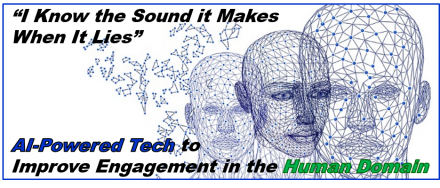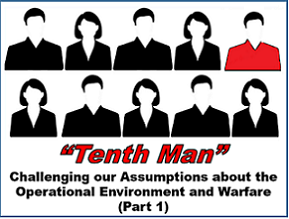[Editor’s Note: Mad Scientist Laboratory is pleased to publish today’s post by Mr. John C. Bauer, who expands our geostrategic lexicon with a new term: … Read the rest
176. Innovation Isn’t Enough: How Creativity Enables Disruptive Strategic Thinking
[Editor’s Note: Mad Scientist Laboratory welcomes today’s guest blogger Heather Venable and her timely and insightful post on how creativity is the sine qua non… Read the rest
175. “I Know the Sound it Makes When It Lies” AI-Powered Tech to Improve Engagement in the Human Domain
[Editor’s Note: Mad Scientist Laboratory is pleased to publish today’s post by guest bloggers LTC Arnel P. David, LTC (Ret) Patrick James Christian, PhD… Read the rest
174. A New Age of Terror: The Future of CBRN Terrorism
[Editor’s Note: Mad Scientist Laboratory is pleased to publish today’s post by guest blogger Zachary Kallenborn. In the first of a series of posts, … Read the rest
173. “Tenth Man” – Challenging our Assumptions about the Operational Environment and Warfare (Part 1)
[Editor’s Note: Mad Scientist Laboratory is pleased to publish our latest “Tenth Man” post. This Devil’s Advocate or contrarian approach serves as a form of … Read the rest





